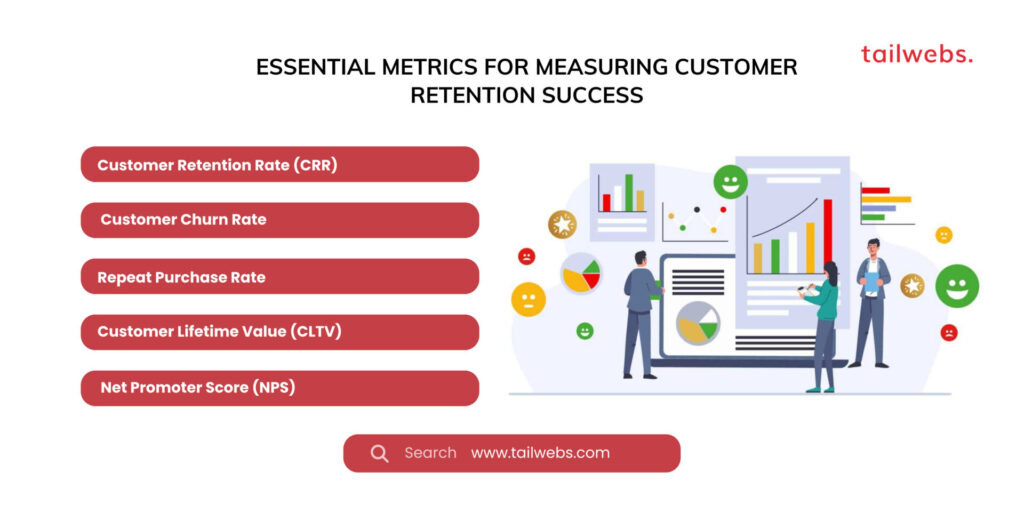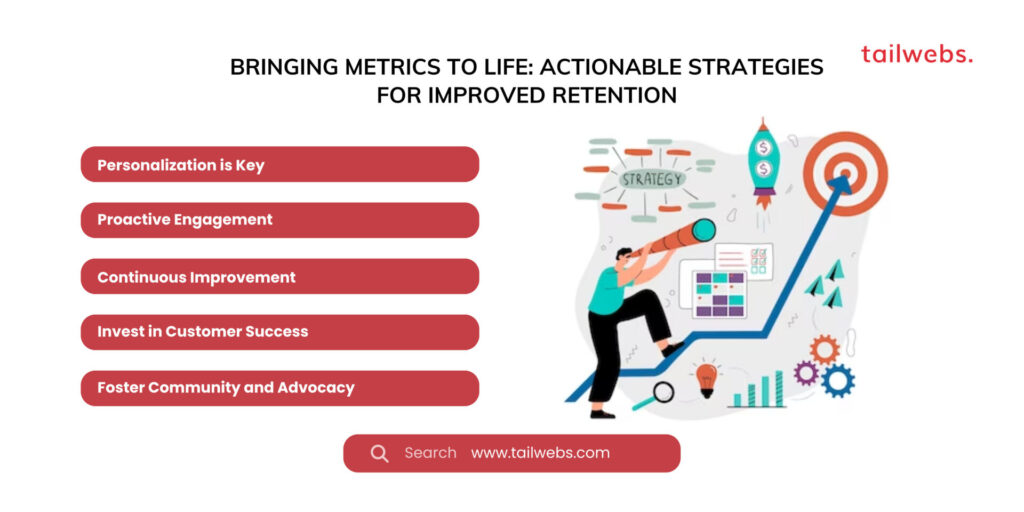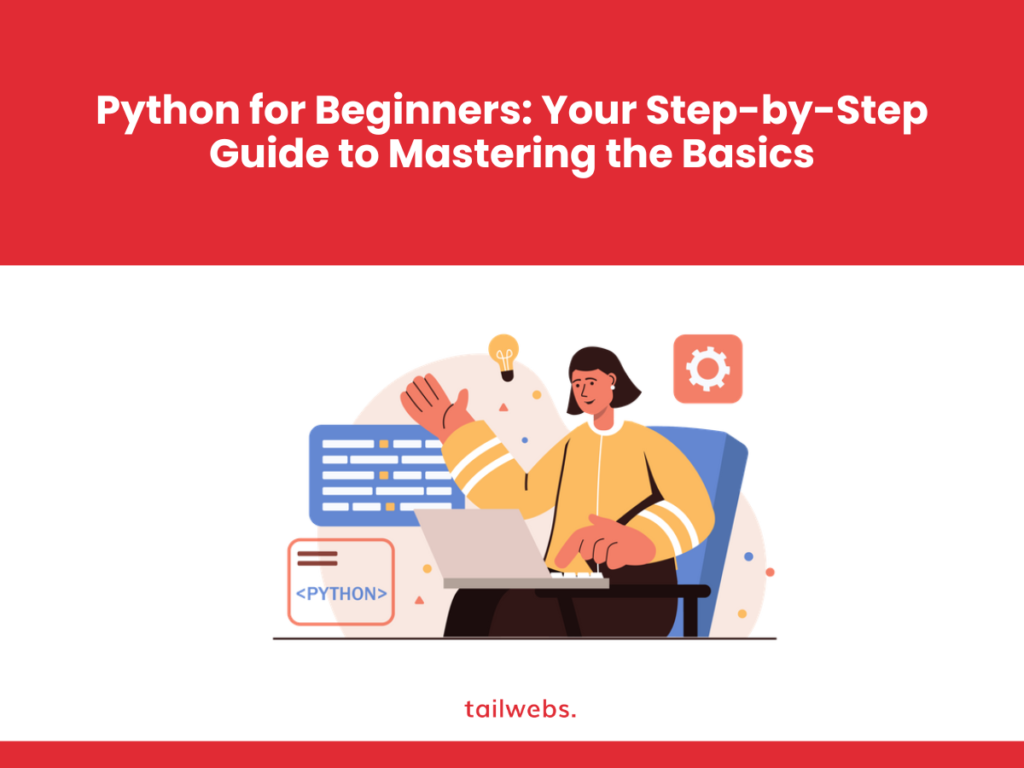In the battle for customer loyalty, a crucial weapon lies in your arsenal: customer retention metrics. These quantitative measures reveal the health of your relationships with your customers, helping you assess the effectiveness of your strategies and identify areas for improvement.
But with a plethora of metrics available, it can be overwhelming to know which ones truly matter. Worry not, for this blog post is your guide to navigating the complex terrain of customer retention, equipping you with the essential metrics to track your success and maximize customer lifetime value.
Why Measurement Matters: The Power of Tracking Retention
Before diving into specific metrics, let’s explore the compelling reasons to track customer retention:
- Reduced Acquisition Costs: It’s significantly cheaper to retain existing customers than acquire new ones. Studies show that retaining just 5% of your customers can increase profitability by 75%.
- Increased Customer Lifetime Value: Loyal customers spend more over time, leading to higher revenue and profitability.
- Enhanced Brand Advocacy: Happy customers turn into brand advocates, promoting your business through positive word-of-mouth and referrals.
- Improved Profitability: Retaining customers leads to predictable revenue streams and a more stable business environment.
By measuring and tracking these metrics, you gain valuable insights into your customer base, allowing you to optimize your strategies for maximum impact.
Essential Metrics for Measuring Customer Retention Success:
Now, let’s delve into the core metrics that provide a clear picture of your customer retention efforts:
1. Customer Retention Rate (CRR):
This metric, expressed as a percentage, reveals the number of customers you retained over a specific period.
Formula: (Number of customers at the end of the period – Number of new customers acquired) / Number of customers at the beginning of the period * 100
Benchmark: Aim for a CRR of 80% or higher, depending on your industry and customer lifetime value.
Actionable Insights: A decline in CRR signifies potential churn risks. Analyze customer feedback and conduct exit interviews to identify pain points and implement retention strategies.
2. Customer Churn Rate:
This metric, also expressed as a percentage, represents the number of customers you lose during a specific period.
Formula: Number of customers churned / Number of customers at the beginning of the period * 100
Benchmark: Aim for a churn rate below 5%, depending on your industry and business model.
Actionable Insights: A high churn rate indicates dissatisfaction or disengagement. Analyze churn patterns and identify high-churn segments to understand why customers are leaving and implement targeted retention programs.
3. Repeat Purchase Rate:
This metric measures the percentage of customers who make multiple purchases.
Formula: Number of repeat purchases / Number of unique customers * 100
Benchmark: Aim for a repeat purchase rate exceeding 20%, depending on your product or service.
Actionable Insights: A high repeat purchase rate indicates customer satisfaction and loyalty. Leverage engagement campaigns and loyalty programs to incentivize repeat purchases and maximize customer lifetime value.
4. Customer Lifetime Value (CLTV):
This metric reveals the total revenue you generate from a customer during their entire relationship with your brand.
Formula: Average customer revenue per purchase * Average number of purchases * Average customer lifespan
Benchmark: CLTV should significantly exceed customer acquisition cost for sustainable business growth.
Actionable Insights: CLTV helps prioritize resources and tailor retention strategies towards high-value customers. Implement targeted engagement programs and personalized offers to maximize their lifetime value.
5. Net Promoter Score (NPS):
This survey-based metric measures customer loyalty and willingness to recommend your brand.
Benchmark: Aim for an NPS of 70 or higher, indicative of a strong promoter base.
Actionable Insights: Analyze NPS feedback to identify areas for improvement and tailor customer experience strategies to address promoter concerns and maximize advocacy.

Beyond the Numbers: Qualitative Insights for Deeper Understanding
While quantitative metrics provide valuable data, qualitative insights add depth and texture to your understanding of customer retention. Consider incorporating the following methods into your strategy:
- Customer feedback surveys: Gather open-ended feedback to understand customer motivations, experiences, and pain points.
- Focus groups: Engage in moderated discussions with a select group of customers to explore specific topics and gain deeper insights.
- Customer interviews: One-on-one interviews offer personalized interactions and reveal individual perspectives on your brand and retention efforts.
- Social media listening: Monitor online conversations to understand customer sentiment and identify potential issues or opportunities.
Bringing Metrics to Life: Actionable Strategies for Improved Retention
Measuring is just the first step. To truly harness the power of customer retention metrics, you need to translate insights into action. Here are some actionable strategies to implement based on your data:
1. Personalization is Key:
Segment your customer base based on demographics, purchase behavior, and engagement levels. Tailor your communication, offers, and loyalty programs to individual needs and preferences for a more relevant and impactful experience.
2. Proactive Engagement:
Don’t wait for customers to reach out. Implement pre-churn interventions based on churn risk factors. Personalized outreach, special offers, or addressing potential concerns can prevent customer loss before it happens.
3. Continuous Improvement:
Analyze customer feedback to identify areas for improvement. Address pain points, refine customer touchpoints, and enhance the overall customer experience based on your findings.
4. Invest in Customer Success:
Dedicate resources to customer success initiatives. Train your team on effective communication, problem-solving, and proactive customer support to ensure every interaction fosters positive relationships.
5. Foster Community and Advocacy:
Build a community around your brand through loyalty programs, online forums, or exclusive events. Empower your most engaged customers to become brand advocates, driving organic growth and positive word-of-mouth.

Case Study: Zappos’ Customer Obsession Leads to Retention Success
Zappos, the online shoe retailer, is renowned for its exceptional customer service, resulting in a loyal customer base and impressive retention rates. Their strategies include:
Generous return policy:
Removing purchase risk encourages customers to try new products and builds trust.
Empathetic customer service:
Zappos empowers its team to go the extra mile, exceeding customer expectations and creating memorable experiences.
Personalized communication:
They tailor recommendations and offers based on individual preferences, fostering a sense of value and connection.
Zappos’ commitment to customer obsession demonstrates the power of prioritizing retention strategies for long-term success.
Conclusion: Metrics as a Compass, Action as the Journey
Effective customer retention isn’t a destination; it’s a continuous journey guided by the compass of key metrics. By measuring and tracking the right indicators, translating insights into action, and implementing targeted strategies, you can cultivate lasting customer relationships that fuel sustainable growth and brand loyalty.
Remember, your customers are the lifeblood of your business. Investing in their satisfaction and engagement through a data-driven and action-oriented approach to customer retention is the key to unlocking the full potential of your brand.




